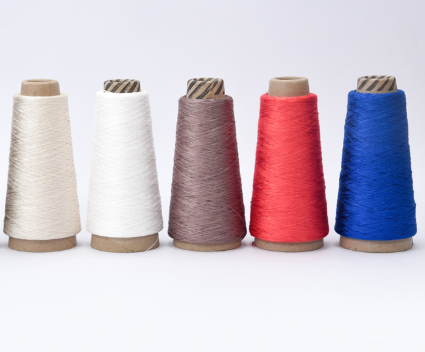What’s the difference of each material for compression socks?
Does your supplier provide the real material? What’s the best material for compression socks? Which material is friendly to sensitive skin?
Today we’ll talk about 3 most common and popular compression sock material.

1. Nylon / polyamide
The significant feature of nylon is its high strength and good durability, ranking first among the other fibers which is also 10 times more than cotton, so it’s suitable for sports socks like compression socks. And the disadvantage is also obvious, nylon is water resistant which turns out to be not a very good choice for sweaty feet as it’s not breathable as cotton.
How to test if it’s real nylon? Take out a piece of yarn and burn it, you will see:
— Shrinks from heat, burn slowly;
— Smells a bit like celery;
— becomes a small brown ball after burned

2. Cotton
Cotton is kind of natural and eco-friendly fiber with good hygroscopicity. It can absorb moisture from the air to reach and keep around 8-10% moisture content, so our skin feels soft and comfortable. And cotton is mostly used for daily wearing. One problem for cotton is it will shrink in water, less durable and elastic than other material.
How to test if it’s real cotton? Take out a piece of yarn and burn it, you will see:
— doesn’t melt when burning
— Smells a burning paper;
— becomes gray/white ash after burning

3. Polyester
Polyester is kind of synthetic fiber with strong elasticity. With good feature of chemical stability, it is corrosion resistance, heat resistance and acid resistance, can keep durable after a lot times of wearing. The disadvantage is poor hygroscopicity and not breathable.
How to test if it’s real polyester? Take out a piece of yarn and burn it, you will see:
— melts when burning
— Smells like sweet chemical ;
— becomes black hard ball after burning
Each material has advantage and disadvantage, we should know what type of compression socks you want to make, for running or daily wearing or else? You want it to be comfortable or durable? The best way is to mix material and get full advantages of each material.
Also do not forget I can be your adviser.
For more details on compression sock styles, customization options, or how to choose the perfect pair for your specific needs, explore our complete guide to custom compression socks, including application scenarios, manufacturing expertise, and answers to common business client questions.
